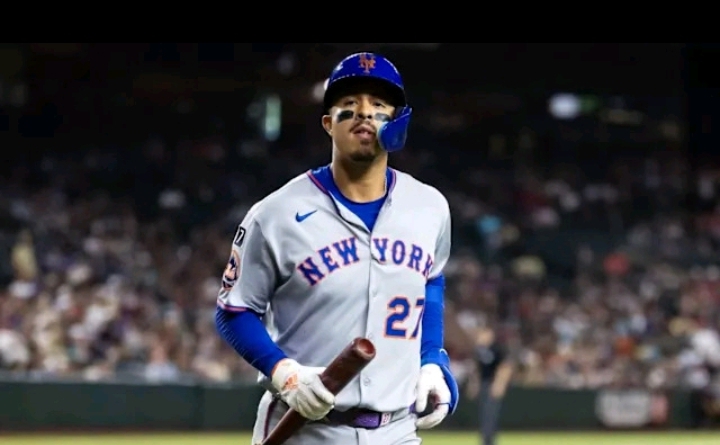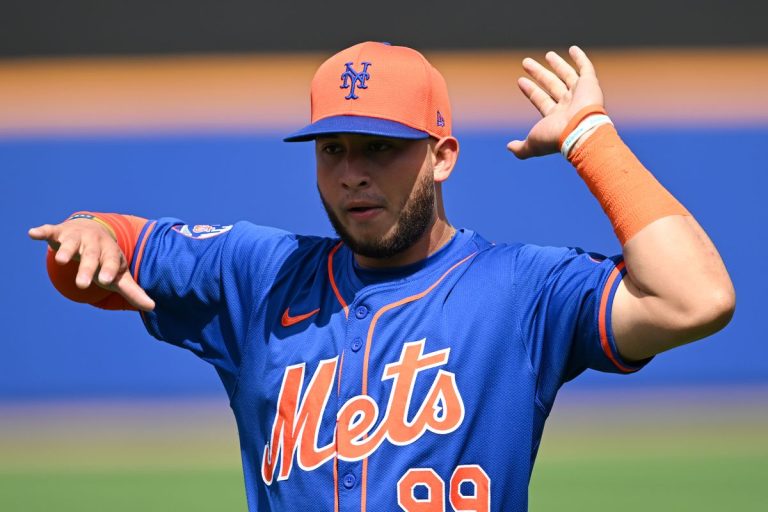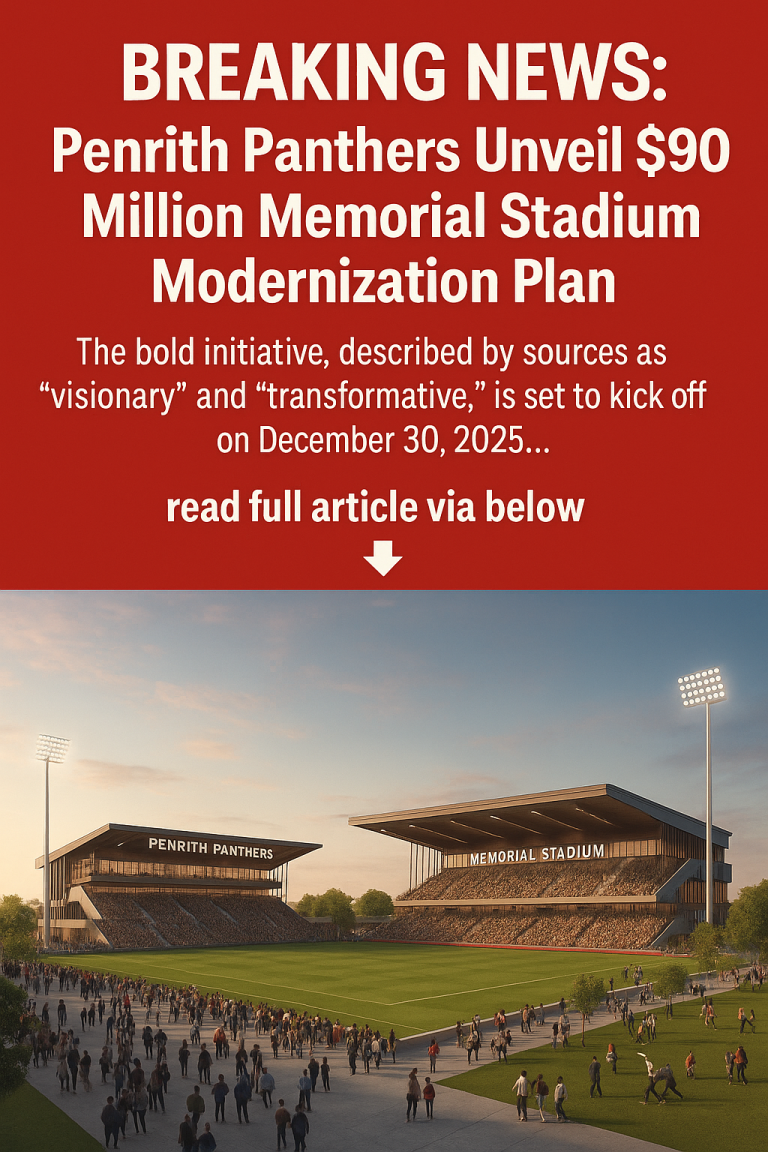
NY Mets Monday Morning GM: A Decision That Needs to Be Made Sooner Than We’d Like
*By: Monday Morning GM
The New York Mets find themselves in a familiar yet uncomfortable position — teetering on the edge of relevance while trying to rebuild the foundation of a sustainable contender. For David Stearns, the newly installed President of Baseball Operations, the clock is already ticking on a crucial decision: what to do with the team’s youth movement, especially with top prospects knocking on the door and veterans underperforming or blocking key positions.

Stearns was brought in for his vision, a blend of long-term player development and data-driven team building, much like he exhibited in Milwaukee. But New York is not Milwaukee, and the stakes — financial, media, and fan-driven — are tenfold. That’s why the next few weeks could shape not only the remainder of this season but the Mets’ trajectory for the next five years.
The Mets’ front office must decide whether to stay the course with the current major league roster — bloated with expensive, underwhelming veterans — or begin aggressively transitioning younger players into key roles. The team has flirted with competitiveness, hanging around .500, but that illusion could vanish quickly in a division dominated by the Braves and increasingly competitive Phillies.
The real pressure point lies with players like Mark Vientos, Brett Baty, and Ronny Mauricio (currently rehabbing from injury), who have all had their cups of coffee at the big-league level with varying degrees of success. Meanwhile, prospects like Luisangel Acuña and Drew Gilbert are waiting in the wings, and Jett Williams isn’t far behind either. Each is talented, and each represents a part of Stearns’ long-term blueprint — but how and when they’re integrated into the major league roster is the dilemma.
Vientos, in particular, is forcing the issue. His recent offensive surge has put the team in a bind. He deserves regular at-bats, but with Pete Alonso still entrenched at first base (for now), and DH spots rotating between too many underperforming veterans, there’s no clear lane for his development. If the Mets are serious about youth, Stearns will need to clear space — which means making tough calls on players like Starling Marte, J.D. Martinez, or even Jeff McNeil, depending on how his bat holds up in June.
There’s also the matter of Pete Alonso’s future. With free agency looming, Stearns has to choose between locking him up or trading him at peak value. If the decision is to build around the kids, flipping Alonso for a package of prospects or young MLB-ready talent could fast-track a retooling. That would be a wildly unpopular move among fans — but potentially the right one for a team trying to shed years of dysfunction in favor of discipline and depth.
Pitching only compounds the urgency. With Kodai Senga still working his way back and the rest of the rotation a patchwork of question marks, the Mets are relying too much on band-aid solutions. More youth from the farm — Christian Scott, Blade Tidwell, and Dominic Hamel — could help sooner rather than later. But calling them up too soon, without a coherent developmental strategy, risks repeating the mistakes of past regimes.
Stearns is a pragmatist, and his time in Milwaukee shows he’s not afraid to make tough, unpopular calls. Mets fans should brace themselves for moves that prioritize 2026 over 2024. The sooner he makes those decisions, the better — both for the team’s competitive future and for the mental clarity of a fanbase tired of half-measures.
The youth movement is no longer a hypothetical. It’s here, it’s ready, and it needs space. The decisions won’t be easy — but in Queens, nothing ever is.






